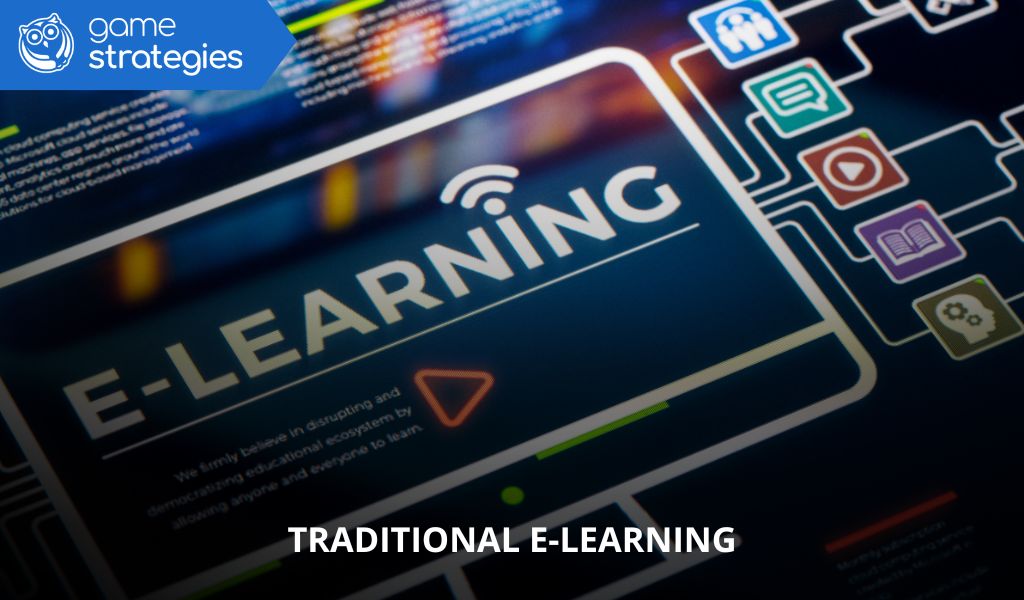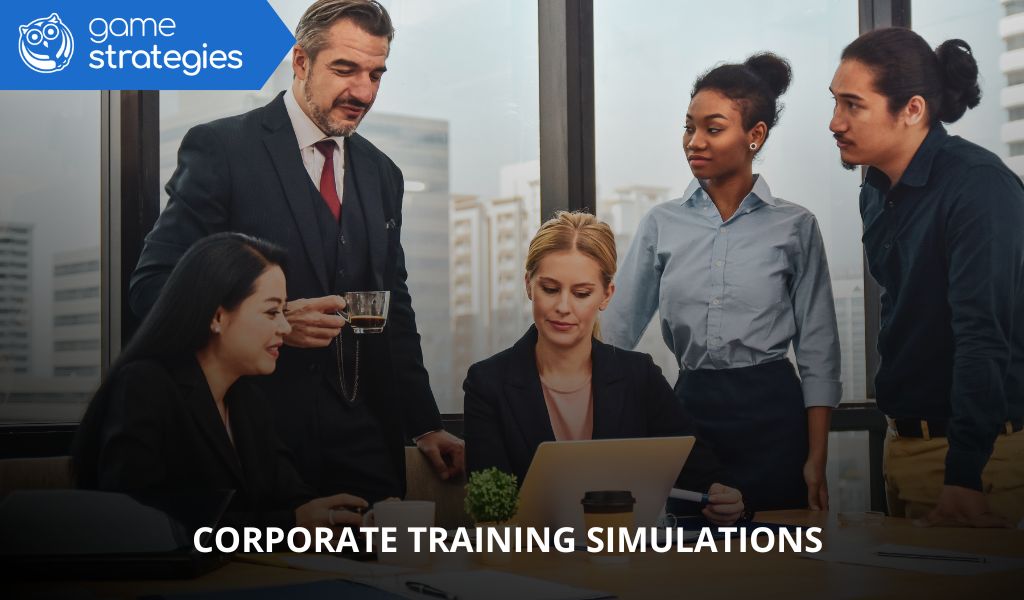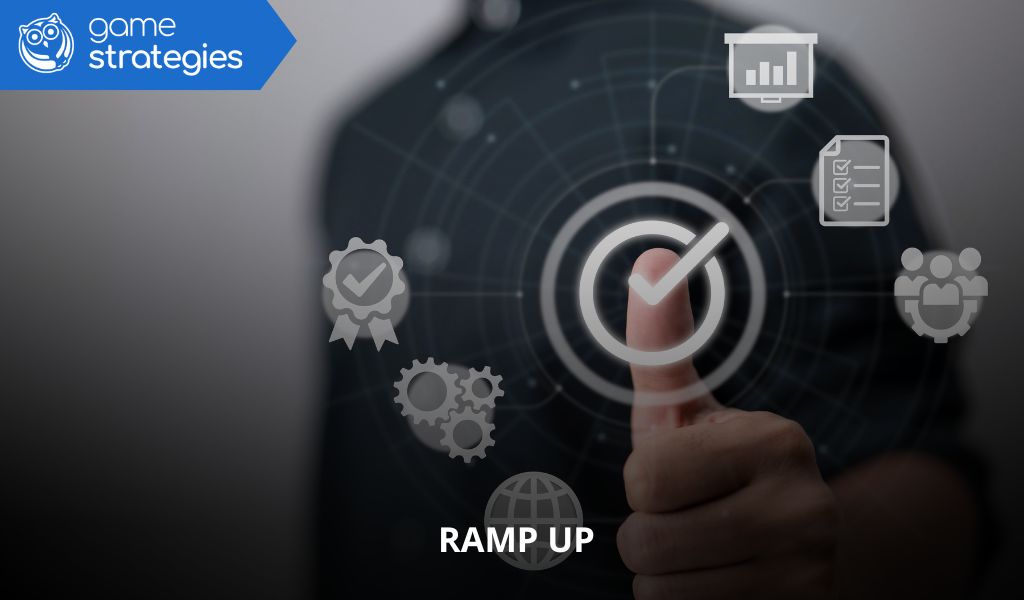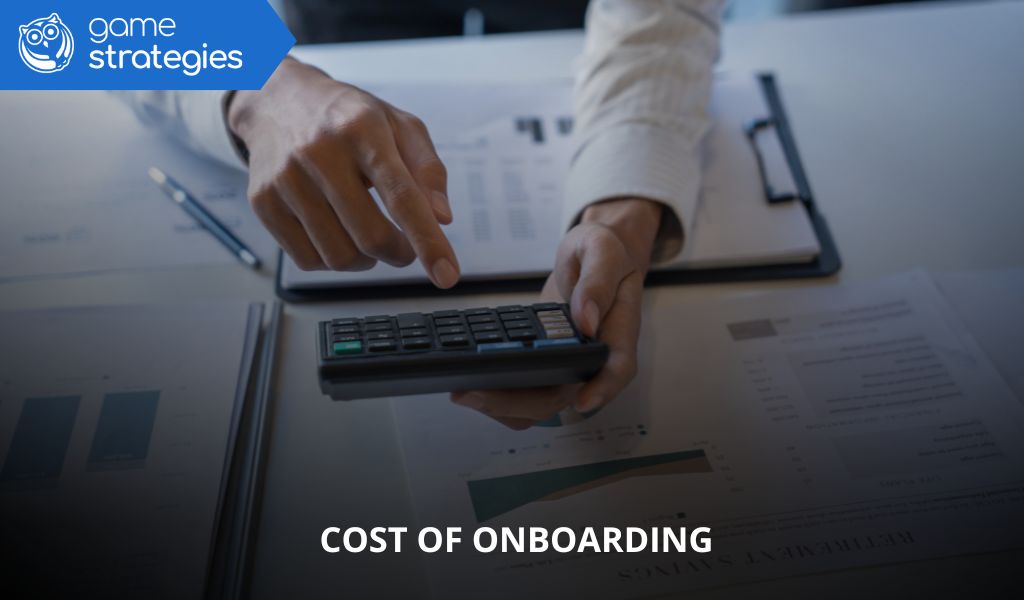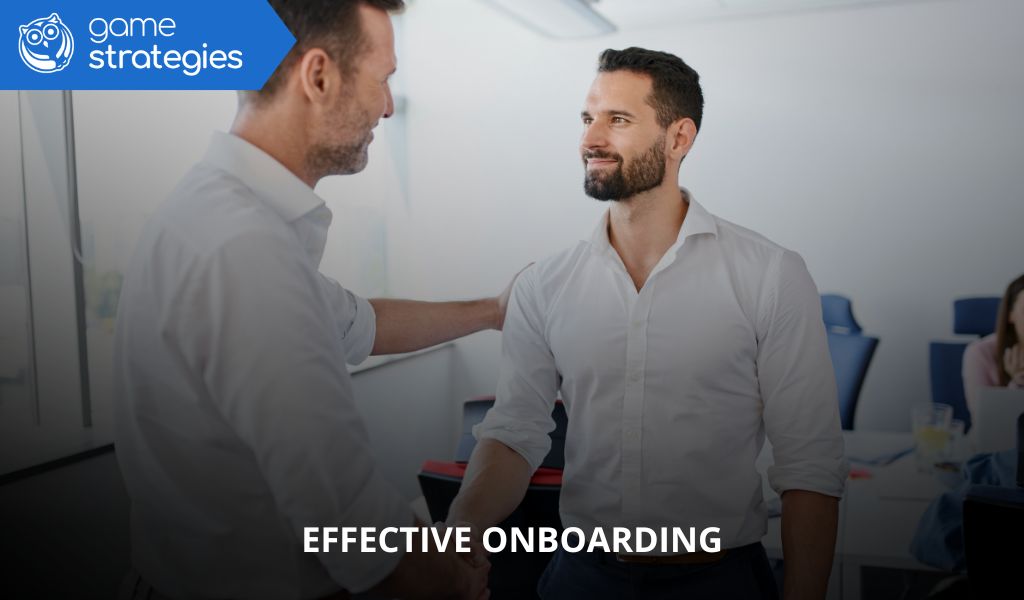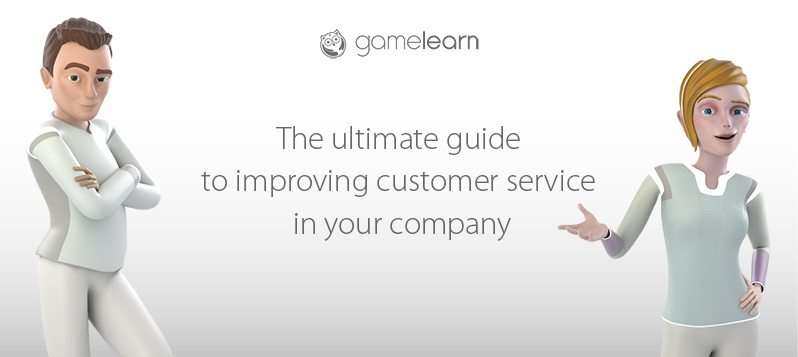For decades, traditional e-learning has been the standard solution for corporate training: online modules, final tests, and limited tracking. However, in a business world where digital learning, soft skills, and adaptability are key, this model is falling short.
Employees today expect dynamic, interactive training experiences that connect with their professional reality. In 2025, forward-thinking companies are replacing passive e-learning with gamification strategies, microlearning, and AI-driven simulations. With Game Strategies, this transition becomes a natural evolution: active, measurable, and motivating learning embedded in company culture.
Limitations of traditional e-learning in corporate environments
Passive model and low knowledge retention
Traditional e-learning presents information in a one-way format: employees receive content but rarely apply it immediately. Retention averages just 10–20%, limiting the ROI of training.
Lack of motivation and social interaction
Classic formats often lack challenges, teamwork, or recognition of progress. Without social interaction, engagement decreases, and building a learning culture becomes difficult.
Limited feedback and invisible progression
Evaluations usually appear at the end of a course, providing little opportunity for mid-course correction. Without continuous, visible feedback, learners lose motivation and fail to see progress.
Why gamification outperforms traditional e-learning
Sustained motivation through playful dynamics
Points, levels, leaderboards, and virtual rewards transform training into an ongoing challenge. These dynamics generate sustained engagement and participatory learning.
Experiential and applicable learning
With simulated environments, learners practise real-world scenarios without risks, developing transferable skills such as negotiation, leadership, and communication.
Personalisation and constant interaction
AI-powered corporate training adjusts content and challenges to each employee’s profile, ensuring personalised progress at the right pace with clear goals.
Practical transition: from e-learning to gamified learning
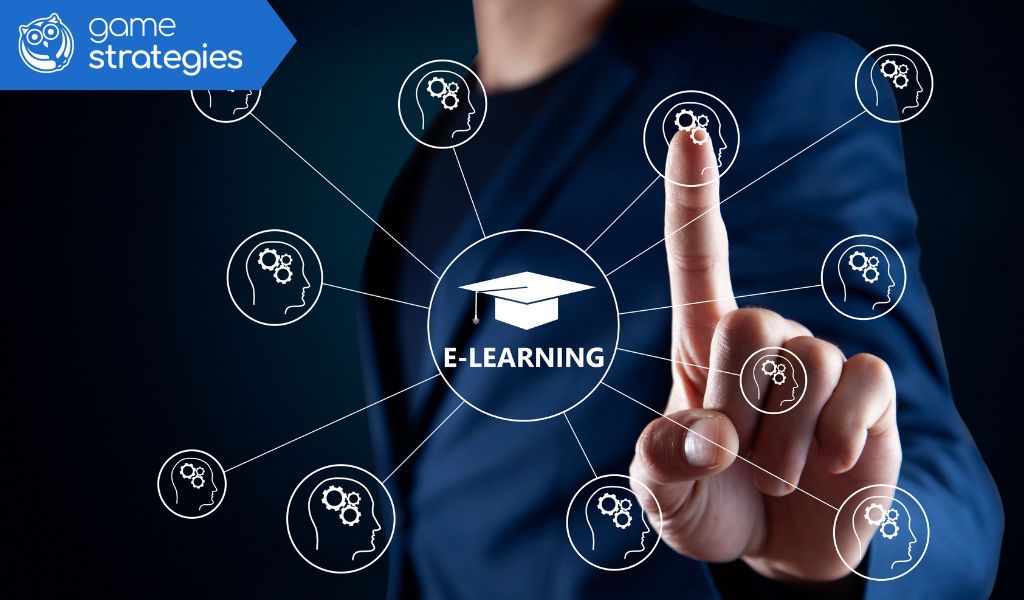
Redefining learning objectives from the learner’s perspective
Moving to a gamified model requires rethinking training from the employee’s viewpoint—usability, application of knowledge, and connection with strategic business objectives. This ensures gamification is not superficial but a tool to improve retention, motivation, and KPIs such as sales, customer satisfaction, or error reduction.
Adding game elements without losing pedagogical rigour
Far from trivialising learning, gamification strengthens attention, builds intrinsic motivation, and reinforces consistency. The key lies in aligning every game mechanic—challenges, rewards, levels—with corporate values and learning objectives.
Seamless integration with existing platforms (LMS, CRM)
Gamification must integrate smoothly with existing company systems. By connecting gamified solutions with LMS, CRM, or intranets, organisations centralise training data, combine hybrid formats, and directly link learning outcomes with business results.
Impact examples: Game Strategies in action
Personalised gamified training for corporate skills
Game Strategies designs tailored modules with missions, achievements, and rewards adapted to each role. Employees follow personalised paths that encourage continuous growth—avoiding the monotony of traditional e-learning.
Interactive AI-powered simulators
Realistic scenarios reproduce client conversations, negotiations, or crisis management. AI analyses performance in real time, offering immediate feedback and practical recommendations.
Collaborative games to foster team learning
MARS introduces collective challenges requiring cooperation and competition. These strengthen leadership, communication, and problem-solving skills while building team cohesion.
What really changes: evidence of corporate transformation
Real data showing measurable impact
Client reports highlight a 40% increase in course completion rates and up to 60% more knowledge retention compared with traditional e-learning, translating into productivity and quality gains.
Client opinions and international cases
Global companies in banking, retail, and healthcare confirm that active learning reduces stress, supports mental well-being, and fosters more positive learning climates.
Benchmark with current trends in Spain
Market data shows the use of VR and gamified learning growing by 25% annually in Spain, especially in leadership, reverse mentoring, and digital skills programmes.
Beyond e-learning: new forms of digital learning
Gamified microlearning
Short, practical content adapted to daily work routines. Each micro-module includes immediate rewards that sustain motivation and retention.
Immersive simulations with video games
Virtual and augmented reality create realistic training scenarios—from negotiations to technical simulations—accelerating learning and boosting confidence.
Social gamified learning
Platforms integrating forums, group challenges, and leaderboards create active learning communities where collaboration and healthy competition drive cultural change.
Traditional e-learning served its purpose, but today the key is evolving towards more motivating and effective methods. Gamification, AI, microlearning, and simulations transform training into a strategic driver of productivity and talent retention.
With Game Strategies, companies move from passive e-learning to active, measurable learning that connects with real business goals—turning training into a true engine of corporate growth.
¿De cuánta utilidad te ha parecido este contenido?
¡Haz clic en una estrella para puntuarlo!
Promedio de puntuación 0 / 5. Recuento de votos: 0
Hasta ahora, ¡no hay votos!. Sé el primero en puntuar este contenido.

